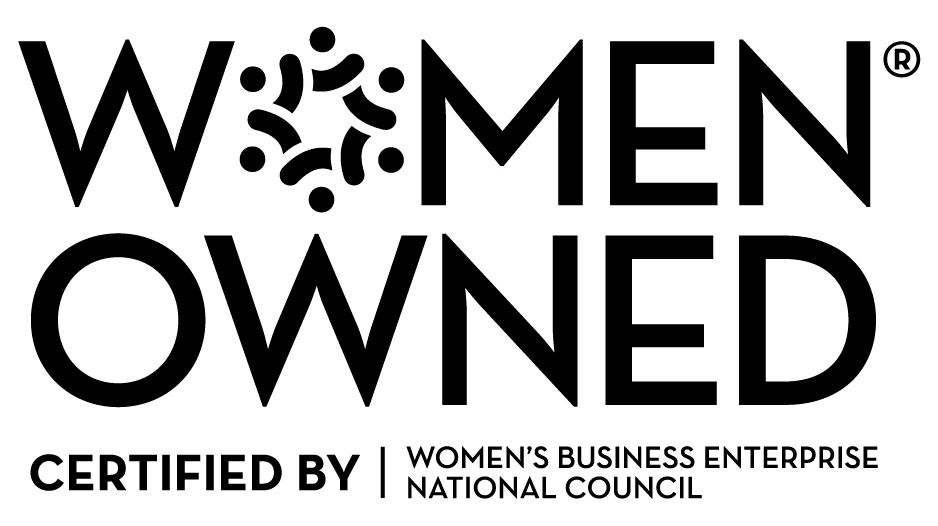What are the 7 HR processes?

Human Resources Process Automation plays a crucial role in managing and optimizing an organization’s workforce. To achieve this, HR professionals rely on a framework of key processes designed to attract, develop, retain, and manage employees. These processes form the foundation of effective human capital management and contribute to the overall success of the organization. While HR processes can vary depending on the organization and industry, there are 7 HR Processes that are universally recognized as essential.
In this article, we’ll explore these seven HR processes in detail, highlighting their purpose, key activities, and importance in modern business environments.
"The seven HR processes—recruitment, onboarding, training, performance management, compensation, employee relations, and compliance—form the framework that shapes a thriving workforce and sustainable organization."
Richard Branson
Introduction to HR Processes
HR processes are structured activities that manage the entire employee lifecycle, from recruitment and onboarding to development, performance management, and offboarding. These processes help organizations attract and retain top talent, build employee capabilities, foster engagement, and ensure compliance with labor laws. By standardizing workflows, HR teams enhance consistency, boost efficiency, and support overall business success. Understanding and effectively implementing the seven core HR processes is essential for creating a productive, motivated, and well-supported workforce.
The 7 HR Processes
Recruitment and selection focus on attracting and hiring the right candidates through well-defined job descriptions, resume screening, interviews, and assessments. A strong hiring process ensures that the organization places the right people in the right roles, directly contributing to productivity and a positive work culture. Onboarding follows with structured orientation programs, training sessions, and mentorship to integrate new employees effectively, boosting engagement and accelerating early performance.
Training and development help employees grow by offering skills gap analyses, e-learning, workshops, and leadership programs. These initiatives prepare staff for future roles and improve job satisfaction. Performance management aligns individual efforts with company goals through SMART objectives, regular reviews, and recognition of high performers, while also addressing underperformance with support plans.
Compensation and benefits processes ensure fair pay, competitive packages, and clear communication around offerings like insurance and wellness programs, reducing turnover. Employee relations maintain workplace harmony through conflict resolution, feedback, and team-building. Compliance and risk management safeguard the organization by staying current with labor laws, ensuring documentation, and promoting workplace safety, ultimately minimizing legal and operational risks.
The Interconnection of HR Processes
The seven HR processes are closely interconnected, with each influencing and supporting the others to create a cohesive and effective HR strategy. Recruitment naturally flows into onboarding, which lays the foundation for training and development. Performance management helps guide decisions around compensation and benefits, ensuring fairness and motivation. Meanwhile, strong employee relations foster greater engagement, which in turn supports compliance by promoting a positive and cooperative work environment. Recognizing these connections allows HR professionals to align processes strategically and support broader organizational goals more effectively.

Benefits of Streamlined HR Processes
-
Process Efficiency Standardized and automated HR processes reduce manual work, improve accuracy, and free up time for HR teams to focus on long-term strategic goals.
-
Employee Satisfaction Consistent HR processes improve engagement, build trust, and enhance satisfaction through clear communication, faster service, and smoother interactions.
-
Informed Decisions Data-driven HR processes reveal trends in performance, turnover, and engagement, enabling leaders to make smarter, evidence-based workforce decisions.
-
Compliance Protection Well-managed HR processes ensure legal compliance, reducing risks of penalties, disputes, and reputational damage while promoting a safe and ethical workplace.
Also Read: What is HR automation?
Challenges in Implementing HR Processes
Implementing HR consulting services comes with several challenges that organizations must navigate carefully. Resistance to change is common, as employees and managers may be hesitant to adopt new systems or approaches. Limited resources, particularly in small businesses, can make it difficult to invest in comprehensive HR solutions. Compliance complexity adds another layer, with constantly evolving labor laws requiring ongoing attention. Balancing standardized processes with the need for flexibility to meet individual employee needs can also be difficult. Additionally, ensuring data privacy and securely managing employee information is essential to maintaining trust and meeting legal obligations.
Best Practices for Optimizing HR Processes
To enhance HR processes effectively, organizations should leverage technology by using software to automate tasks like payroll, recruitment, and performance management. Prioritizing the employee experience is key—designing processes that foster satisfaction and engagement leads to better retention and performance. It’s also essential to align HR initiatives with long-term business goals to ensure strategic impact. Regular evaluation and improvement of processes help maintain efficiency and relevance over time. Finally, fostering open communication and encouraging employee feedback enables continuous refinement and builds a more responsive, people-focused HR function.

Conclusion
The seven HR processes—recruitment and selection, onboarding, training and development, performance management, compensation and benefits, employee relations, and compliance—are essential for managing an organization’s workforce effectively. Each process plays a unique role in attracting, developing, and retaining employees while ensuring compliance and fostering a positive work environment.
By understanding and optimizing these processes, HR professionals can enhance organizational efficiency, improve employee satisfaction, and contribute to long-term success. In a world where people are an organization’s greatest asset, mastering these HR processes is more important than ever.






